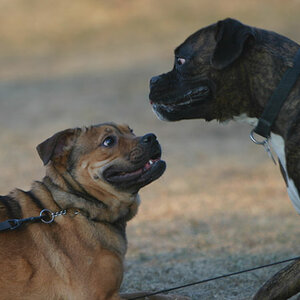iskoos
TPF Noob!
- Joined
- Nov 19, 2009
- Messages
- 187
- Reaction score
- 2
- Location
- Orlando, FL
- Can others edit my Photos
- Photos OK to edit
Okay I have had this question in my mind for a long time. I finally took 2 sample shots to post here. I am hoping somebody will be able to explain this to me...
The two pictures are taken with the same exact settings at the same exact location/time. The only difference is the second one taken with the flash on. It is obvious I guess...
So the first one has a motion blur and is under exposed(obviously). Motion blur is self explanatory. The fan blades are spining too fast for the shutter speed (1/20 in this case) to freeze the action. So the result is a motion blur. No problem here...
The second picture has the same settings plus flash. Now, when I look at the 2nd picture, I see no motion blur. Okay, I know the statement that flash freezes the action but no matter what, the shutter stays open for the same duration (1/20 of a second). During this time, it is okay to have crisp fan blades but since the shutter stays open for the same duration, there should still be some blur in the image next to the crips fan blades. My thinking here is this:
If motion blur is caused by subject moving faster than the shutter speed, then there should always be a motion blur in the pictures that have shutter speed of 1/20 or slower.
I am pretty sure there is logical explanation to what I am missing here and I would appreciate if you can help me see it...
One request though; if you read all this and your answer is "There is no motion blur in the 2nd picture because flash freezes the action or similar kind..." then you didn't understand what I can't see...
Thanks
Fan w/o flash

Fan w/ flash





![[No title]](/data/xfmg/thumbnail/32/32004-4455324f0b4b5cc318dd35877147ac47.jpg?1619735148)
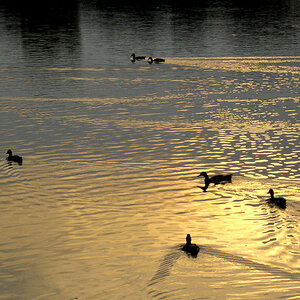
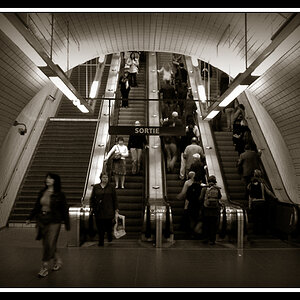




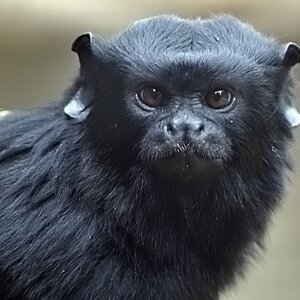
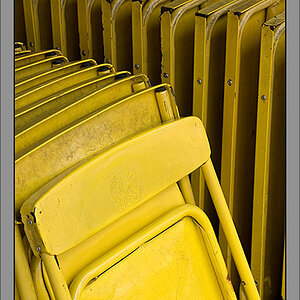
![[No title]](/data/xfmg/thumbnail/39/39288-2d76486ccc9042c6fb525aaaaffff1fb.jpg?1619738957)
